Perseverance to establish sample cache for later return to Earth
Original Publication Date: 2022-10-31 11:18
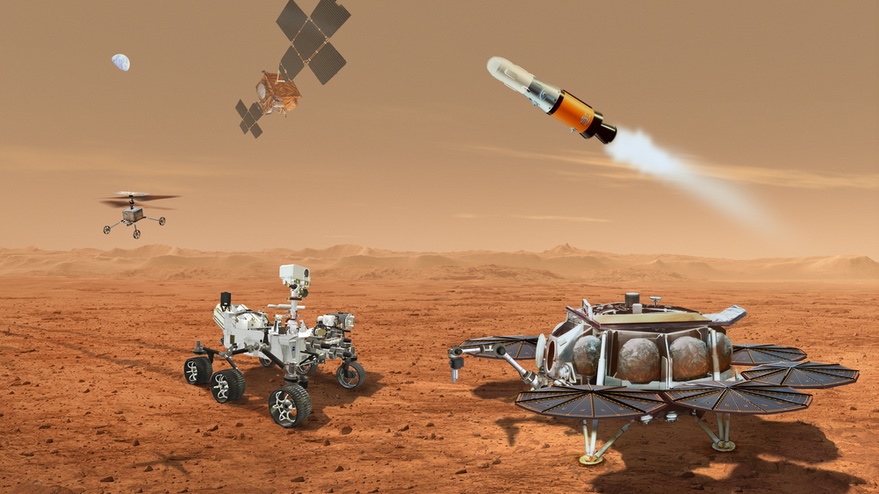
NASA and the European Space Agency have selected a location on Mars to cache samples. It's one step in the overall process of returning those samples to Earth. The sample cache is part of a revised strategy for the overall Mars Sample Return campaign. That strategy does away with a European "fetch" Rover that was to pick up samples.
China tests engines for moon mission rocket
Original Publication Date: 2022-10-31 10:31
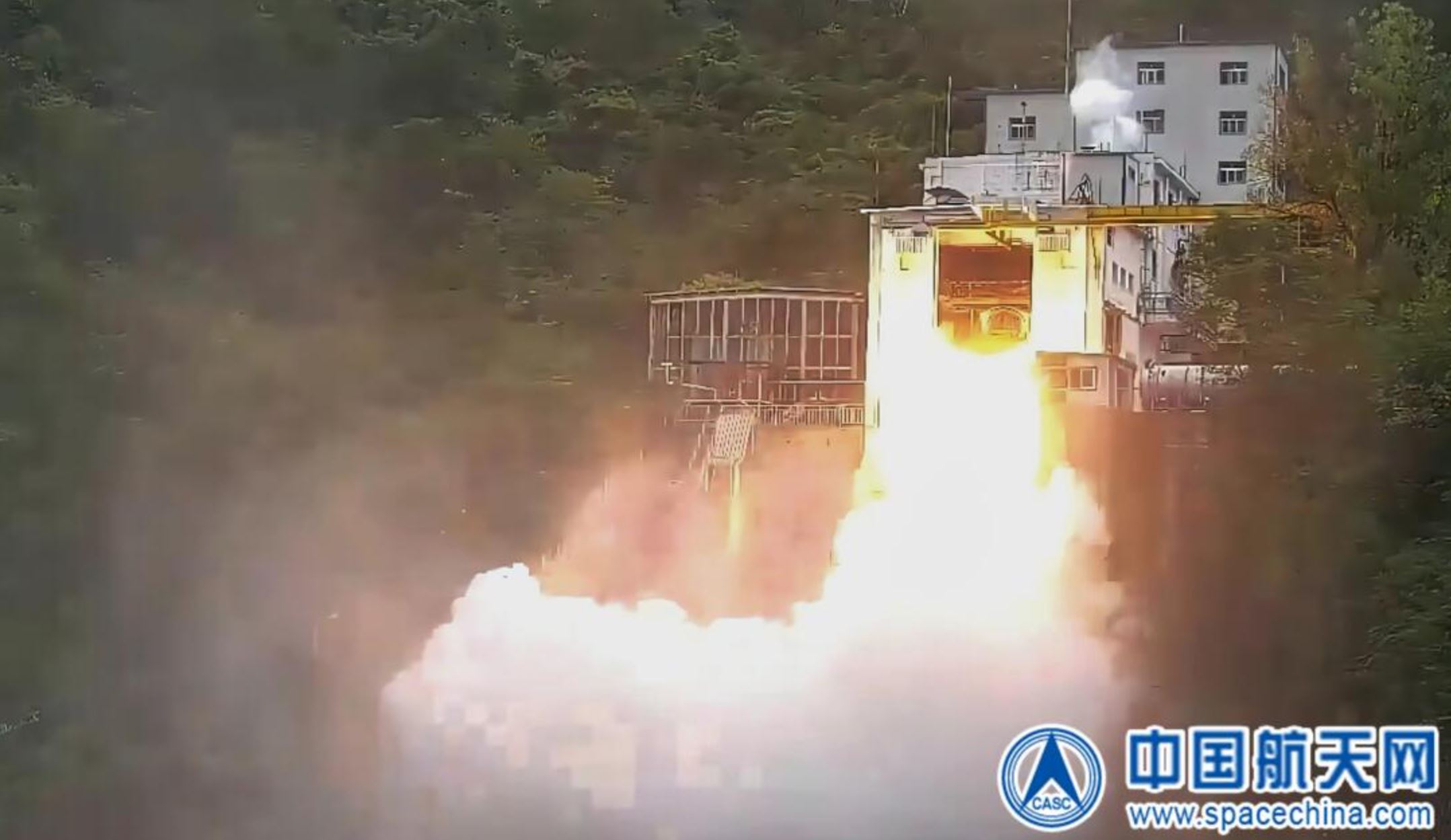
China has conducted a series of successful hot fire tests for engines designed to power a launch vehicle capable of sending astronauts to the moon. A pair of the engines will power the second stage of a new generation crew launch vehicle. A liquid hydrogen-liquid oxygen engine for the rocket’s third stage also recently passed the milestone of 10,000 seconds of testing.
Lunar landing restored for Artemis 4 mission
Original Publication Date: 2022-10-30 22:42
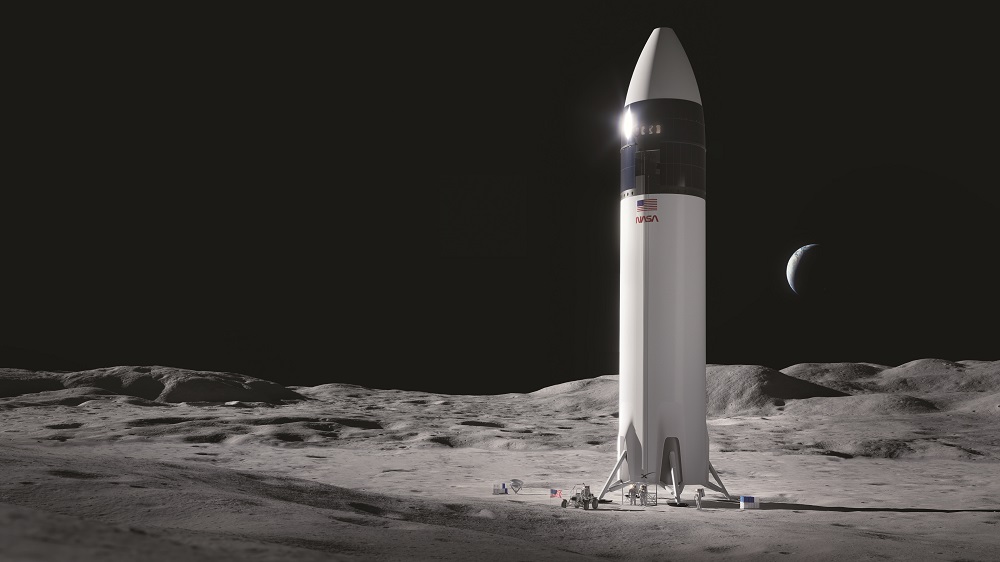
NASA has restored plans to include a lunar landing on its Artemis 4 mission to the moon. Earlier this year, NASA said the mission would instead be devoted to assembly of the lunar Gateway. The mission would likely use the “Option B” version of SpaceX’s Starship lander.
First NorthStar SSA satellites to launch in 2023 by Virgin Orbit
Original Publication Date: 2022-10-30 16:21
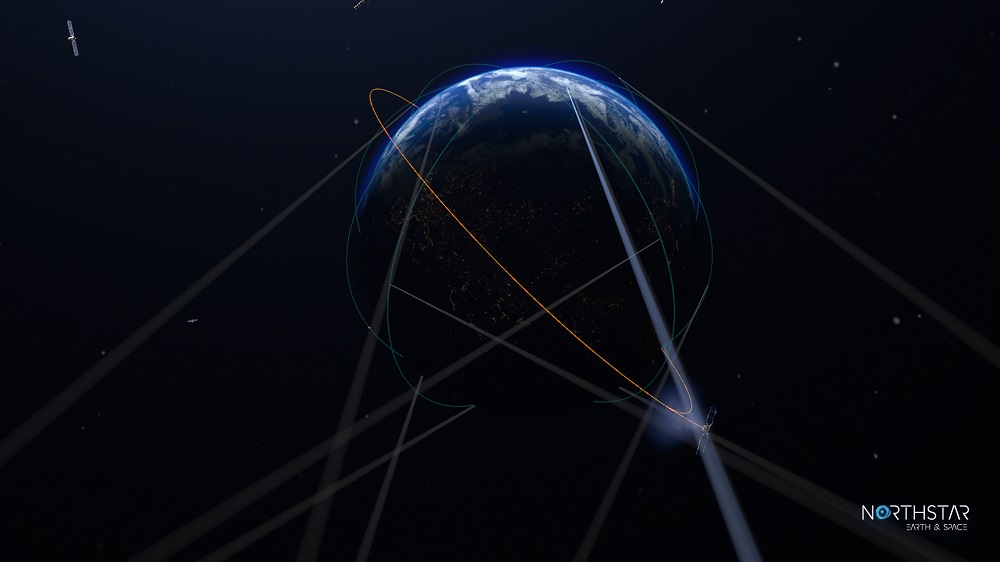
NorthStar Earth and Space will launch its first satellites in mid-2023 with Virgin Orbit. NorthStar plans to place the satellites into eight orbital planes of three satellites each. The satellites will scan out from low Earth orbit to track satellites and debris. NorthStar has not disclosed many technical details about the satellite system.
NASASpaceFlight.com
OneWeb has resumed deployment of its satellite constellation with the launch of 36 satellites aboard India’s GSLV Mk.III rocket. The mission – which marks the first commercial launch for the GSLV – lifted off from the Satish Dhawan Space Centre on Sunday, Oct. 23.
Commercial Archives
SpaceX's 49th Falcon 9 flight of 2022 has lifted off from SLC-4E at Vandenberg Space Force Base, California with 53 Starlink satellites. Falcon 9 launched to the southeast into a 53.2-degree inclined orbit to help fill out the fourth shell of Starlink satellites orbiting at 540 kilometers in altitude.
International Archives
China launches second space station module of the year. The Mengtian module lifted off at 07:37 UTC. Once docked, it will complete the initial phase of the construction for China’s Tiangong space station. The launch was carried out by a Chang Zheng 5B rocket.
ISS Updates – Spaceflight101 – International Space Station

A veteran NASA spacewalker and an EVA rookie from Japan ended their week with nearly six hours of work outside the International Space Station. The restoration of the Station’s Mobile Servicing System started last year and continued in January to provide Canadarm2 with a new pair of grappling hands.
Featured – Spaceflight101

A SpaceX Falcon 9 took to the skies over Florida’s Cape Canaveral Monday afternoon. The Falcon 9 lifted a flight-proven Dragon spacecraft into orbit for a critical delivery of science gear, supplies and maintenance hardware. It is the first of at least six cargo ships inbound to the U.S. Segment of ISS this year.
News – Spaceflight101

Europe’s Copernicus satellite fleet is gearing up for the arrival of its next addition on Wednesday. A Russian Rockot booster set to blast off from the Plesetsk Cosmodrome at 17:57 UTC with the Sentinel-3B multi-function satellite.
Re-Entry: Long March 11 Rocket Body – Spaceflight101

The CZ-11 fourth stage used leftover propellant for a partial de-orbit maneuver, lowering its perigee to 120 Kilometers to significantly accelerate its orbital decay. It is reportedly built around a YF-50 main engine and in a nominal mission conducts the orbital circularization after the three CZ-11 stages.
Haunting Portrait: NASA’s Webb Reveals Dust, Structure in Pillars of Creation

The Pillars of Creation is set within the vast Eagle Nebula, which lies 6,500 light-years away. This scene was first captured by NASA’s Hubble Space Telescope in 1995 and revisited in 2014. As a result of the new MIRI image, astronomers now have higher-resolution data in mid-infrared light than ever before.
NASA’s Lunar Flashlight Ready to Search for the Moon’s Water Ice

Lunar Flashlight will be the first mission to use a four-laser reflectometer to look for water ice on the Moon. The reflectometer works by using near-infrared wavelengths that are readily absorbed by water to identify ice on the surface. It’s thought that molecules of water come from comet and asteroid material impacting the lunar surface, and from solar wind interactions with the lunar regolith.
NASA Continues Psyche Asteroid Mission

NASA says Psyche mission will go forward, targeting a launch period opening on Oct. 10, 2023. Earlier this year, Psyche missed its planned 2022 launch period as a result of mission development problems. An internal review of whether the mission would be able to overcome these issues to successfully launch in 2023.
NASA and ESA Agree on Next Steps to Return Mars Samples to Earth
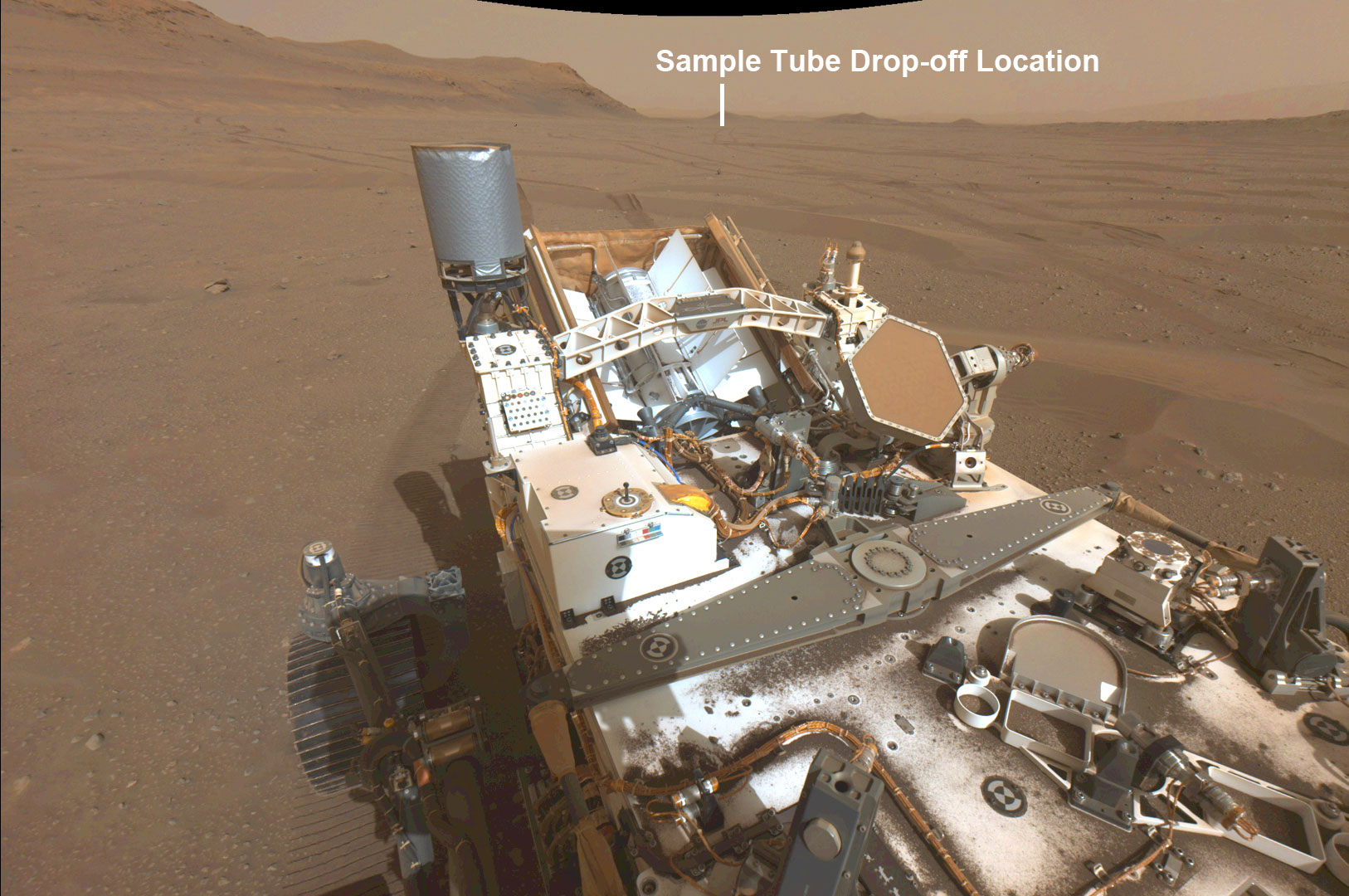
The next step in the unprecedented campaign to return scientifically selected samples from Mars was made on Oct. 19. The two agencies will proceed with the creation of a sample tube depot on Mars. The sample depot, or cache, will be at “Three Forks,” an area located near the base of an ancient river delta in Jezero Crater.
NASA’s InSight Lander Detects Stunning Meteoroid Impact on Mars

NASA's InSight lander recorded a magnitude 4 marsquake last Dec. 24 on Mars. Scientists determined the quake resulted from a meteoroid impact when they looked at before-and-after images from NASA’s Mars Reconnaissance Orbiter. The impact, in a region called Amazonis Planitia, blasted a crater roughly 492 feet (150 meters) across and 70 feet (21 meters) deep.
Methane ‘Super-Emitters’ Mapped by NASA’s New Earth Space Mission

EMIT mission has identified more than 50 ‘super-emitters’ in Central Asia, the Middle East, and the Southwestern United States. Super-emitters are facilities, equipment, and other infrastructure, typically in the fossil-fuel, waste, or agriculture sectors, that emit methane at high rates.
Edward Stone Retires After 50 Years as NASA Voyager’s Project Scientist

Linda Spilker will succeed Stone as Voyager’s project scientist. Jamie Rankin, a research scientist at Princeton University, has been appointed deputy project scientist. The twin Voyager spacecraft launched in 1977, on a mission to explore Jupiter and Saturn. Voyager 1 continued its journey out of the solar system, while Voyager 2 continued on to Uranus and Neptune.
